Russia’s sole “aircraft carrier” the Admiral Kuznetsov, eventually named for the former Admiral of the fleet of the Soviet Union Nikolai Gerasimovich Kuznetsov, has over the years been the butt of many jokes and for good reason in many cases.
Admiral of the Fleet Nikolai Kuznetsov
She was laid down in the Nikolayev shipyard in April 1982, launched December 1985 and commissioned into the navy January 1991.
Originally called Riga a follow on from the naming of the Kiev class she none the less went through several name changes which included being called the Leonid Brezhnev, and Tbilisi, until finally the polit bureau settled on admiral of the fleet Nikolai Kuznetsov. (Later shortened to Admiral Kuznetsov).
Problems began immediately with the new ship, being built in the south of the country where it is relatively warm temperate climate she was not really built to operate in harsh arctic conditions, as a result a lot of water feed systems tended to freeze up.
This would become a major issue over the life of the vessel, with over 2,000 men on board and only a fraction of the showers and toilets working due to the system being plugged up with ice you can imagine the situation onboard at that time.
The Soviet Union / Russia unlike the US Navy or the Royal Navy is a relative new comer when it comes to carrier operations, they do not boast the same experience as the other two navies and the technology and expertise required to operate such a vessel is lacking some what.
Russia began with fixed wing aviation at sea with the Project 1145 NATO Kiev class in the 1970’s, these four ships use the Yak-38 VTOL fighter a sort of bad copy of a sea harrier.
these ships were the first of their kind to be operated by the Soviet navy and as late comers to the carrier club they had a lot of catching up to do (they still do).
Admiral Gorshkov knew that competing platform for platform was simply not sustainable or even achievable in the longer term, he fully recognised that the Soviet navy didn’t have the experience or capability of creating a fully fledged carrier therefore soviet designers came up with a compromise solution and thus the heavy aviation cruiser was born.
The heavy aviation cruiser
You will notice in the introduction that I put quotations around the term aircraft carrier, the reason for that is because the Kuznetsov is not classified by its own navy as an aircraft carrier at all, in fact her technical designation is heavy aviation rocket cruiser (TAVKR) and there are two main reasons for this.
Firstly the class like the preceding Kiev class was built in the Ukraine on the Black sea, most people will know that there are strict tonnage limitations imposed for certain types of vessels entering and exiting the Black sea set down by the 1936 Montreux convention.
While the Montreux convention actually does not actually prohibit aircraft carriers specifically, there is a maximum tonnage limit for warships transiting the Bosporus and Dardanelles that being set at 15,000tons, and as most if not all carriers exceed this tonnage limit so they cannot legally transit.
It is also important to note Article 11 of the Montreux convention which allows Black Sea States the right to transit any capital ship of any tonnage through the straights, but restrictions apply to non black sea states.
Annex II of the treaty specifically excludes aircraft carriers as being classified as capital ships, and as the Kuznetsov and Kiev’s carried offensive weapons namely the P500 and P700 missiles they were classified as aircraft carrying cruisers a term which Turkey accepted.
The result of this classification meant that the Soviet Union / Russia would be able to comply with the convention while at the same time denying NATO and others the ability to transit their own carriers because the soviet union technically had no carriers. The second reason these ships are classified the way they are is because unlike the western carriers which rely almost exclusively on their airwing and escorts for defense, the Kuznetsov does not.
Western carriers utilize defensive weapons such as the ESSM missile for example or the sea ram or CIWS and their airwings and escorts provide the offensive capability.
US Navy Nimitz class Royal Navy Queen Elizabeth class French Navy Charles De Gaulle Russian Navy Kuznetsov
The Role
Western carriers are generally optimized for strike warfare which is an offensive capability and are seen as such.
The current Nimitz and Ford class of the US Navy along with the Queen Elizabeth class of the UK and Charles De Gaulle of France build their carriers almost entirely for offensive capabilities while retaining fleet defense as a secondary role.
The Kuznetsov as a platform is not designed for strike warfare, her role is primarily fleet defense and as such she is optimized for that purpose.
As we saw in Syria in 2016 the Kuznetsov has severe limitations when performing any strike role due to the type of aircraft carried, take off capabilities of the aircraft and also the range the aircraft can operate from the carrier.
Her role is simply to protect a fleet that is out of range of the land based long range aviation units, while also providing Anti Surface Warfare (ASuW) and Anti Submarine Warfare (ASW) capabilities.
Admiral Kuznetsov: Weapons and Sensors
Kuznetsov is actually a large vessel dimensionally in fact she is longer than the new Queen Elizabeth class which is 280m in length.
She has a length overall of 305 meters a beam of 72 meters and a draught of 10 meters, her full load displacement is modest at 58,600tons with a full load.
She is conventionally powered using mazut, a very low grade oil (hence her signature black smoke) which is fed to 8 pressurized boilers which create steam for 4 turbines which turn 4 shafts with 4 x 5 blade fixed pitch screws giving a total output of some 200,000shp and a top speed should everything be working of around 32 knots.
She also has 9 smaller 2,000hp turbo generators and 6 x 2,000hp diesel generators for the ships hotel load.
Kuznetsov boiler Kuznetsov boiler Kuznetsov Screws
As many of you know this setup has been more than problematic over her life time, and is the main reason for being the butt of jokes due to numerous mechanical breakdowns, it is also the reason why she also sails accompanied by a heavy support ship usually the Atalay.
If all is well and steaming at a generous 18 knots she can operate in a radius of 8,500nm before requiring a refuel, this is a rough figure because different operational speeds plus sea states will decrease these numbers along with any mechanical deficiencies.
Unlike a lot of western carriers she also has limitations on her deployable time at sea, many place this at 45 days without resupply unlike western carriers which can usually achieve 90 days or more.
Her crew compliment is around 1,675 with another 625 air wing crew she can also accommodate up to 40 flag officers if required.
Despite the limitations there is one major area the Kuznetsov out does her western counterparts and that is in her offensive shipboard weapons.
She is currently armed with 12 VLS tubes in the bow for the impressive P700 (SS-N-19) anti ship missile (likely to be deleted after this refit due to the phase out of the P700), she also boasts multiple rotary VLS systems containing the SA-9 surface to air missile which gives her a total load of 192 missiles for local air defense.
VLS for the SS-N-19 Close up of the VLS
On top of this she also carries the RBU-6000 anti submarine rockets and multiple AK630 and Kashtan Close in weapons systems for point defense.
Fire control systems include the Kondensor-M which will control the RBU-6000, AK630 and Kashtan CIWS, this system allows optical sighting and local control or a fully autonomous target data designation with automatic lock on and tracking of targets, this can also fire the weapons automatically.
Combat control is provided by the Lesorub combat complex which integrates Aircraft control, for the KA27 and KA31 helicopters, data exchange, anti submarine warfare by integrating the horse jaw (bow mounted) and horse tail (Towed array) sonar systems.
The silver colored part of the bulbous bow is the housing for the horse jaw bow mounted sonar
The ships main active radar is the Fregat M which sits above the large dome is used to provide fire control, targeting and acquisition for the P700 and SA-4 missiles.
The dome which houses an older version of the Mineral M active surface surveillance, this has the ability to target discriminate, and differentiate friend of foe, this is backed up by the large panels on the side of the super structure which is a phased array system said to be capable of detection ranges of up to 300km.
Her radio communications is provided by the TK-25E-6 communications complex, coupled with the 5P-28E radio suppression complex for active jamming as well as the P709I Electronic surveillance system for direction finding of radio signals in the HF and VHF 2hz to 2,000Khz and in 2 to 30 Mhz respectively.
Old systems on the superstructure New systems on the superstructure Flight control
The air wing comprises of up to 24 fast jets these can be a mix of SU33, Mig 29K or SU25, she can also field the reliable KA 27 or 31 helicopters to provide ASW or AEW capabilities.
Notice unlike the US Navy or the French Navy she does not carry aircraft capable of refueling others in flight, and this is one of the big limitations of the carrier.
The jets use a hybrid method of operation, like the Royal Navy aircraft use a short take off and ski jump ramp, when returning they use arresting gear like the US or French navies, the reason behind this is due to the lack of experience and capabilities in developing steam catapults.
SU 33 Flanker MIG 29K Fulcrum SU25 UTG Frogfoot KA31 AEW Helix KA27 Helix
The Future
The ship itself has had some substantial problems however this long period of deep maintenance aims to resolve the problems once and for all.
With the ship having originally being built in the Ukraine parts have been hard to come by since the dissolution of the Soviet Union.
However since going into her maintenance period she has had her boilers replaced and its likely her turbines too with domestically built versions, this took place before the sinking of the dry dock PD50.
The biggest hurdle right now for Kuznetsov is that with the sinking of the PD50 there is no dry dock anywhere in Russia able to accommodate a vessel of her size, the result has been long delays and stretched out timelines which ultimately increases cost plus the negative factor of not having her operational.
In 2022 Russia is set to open a new dry dock able to accommodate ships of her size and bigger, they have done this by combining two dry docks into one and reinforcing the dock floor to accommodate vessels in excess of 100,000tons.
The Russian government announced that she is due to return to the fleet sometime in 2023, and continue to serve with the fleet into the mid 2030’s.

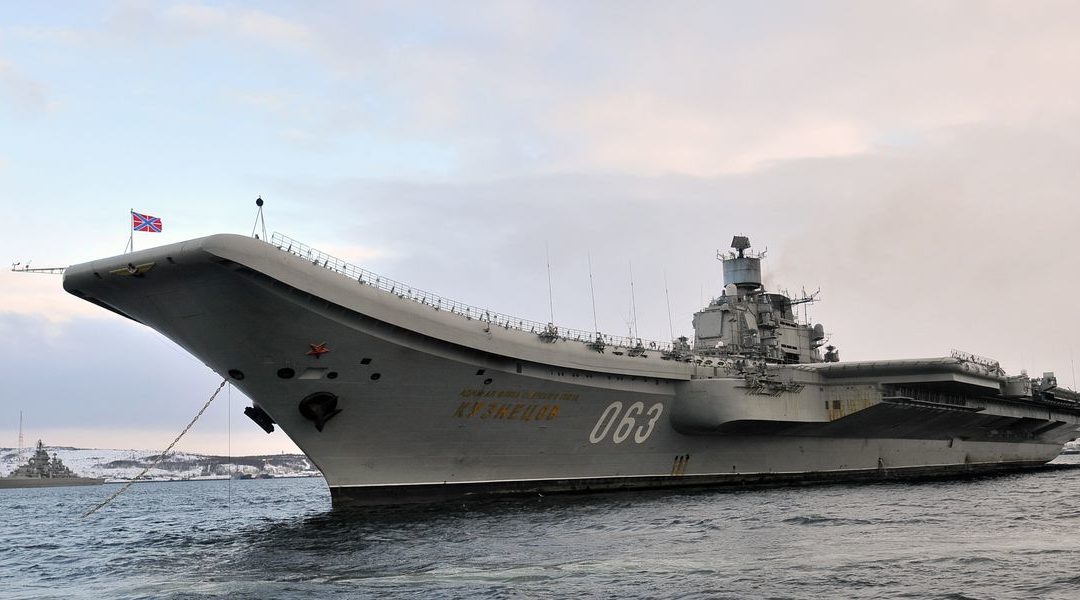
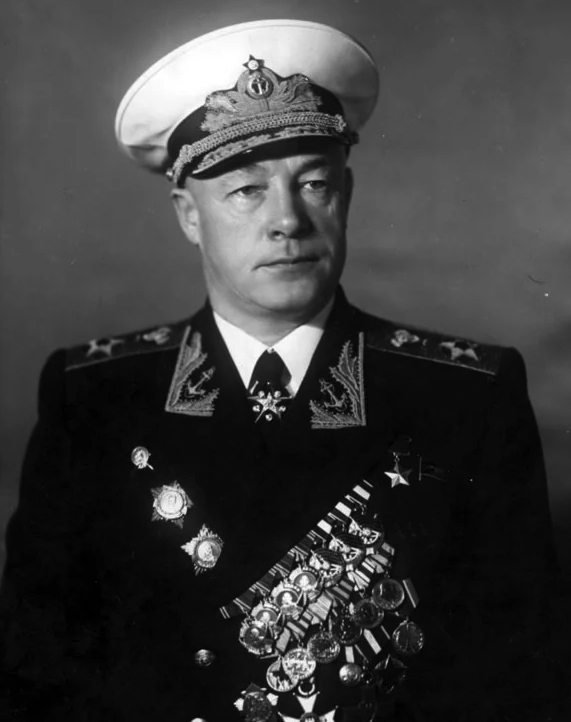
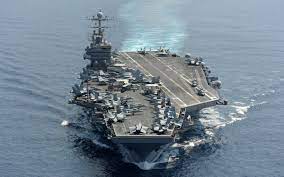
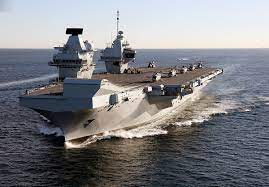
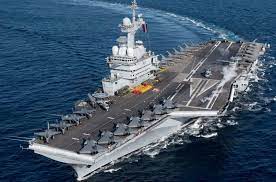
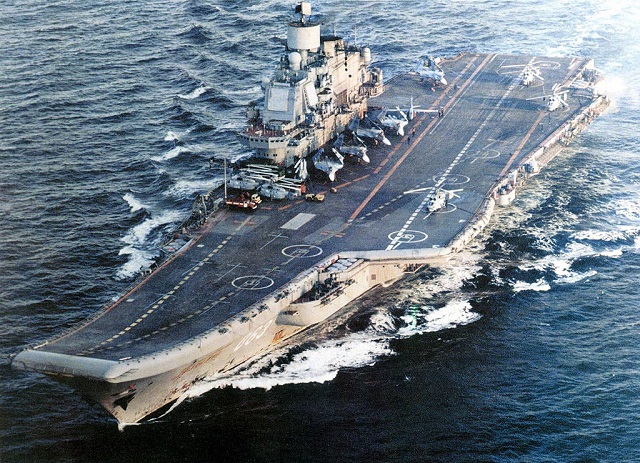
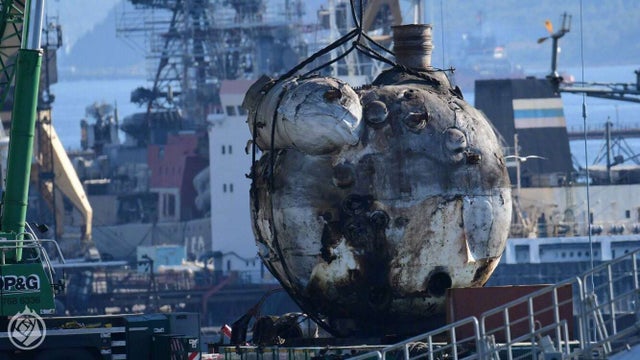
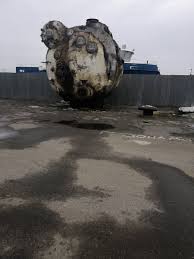
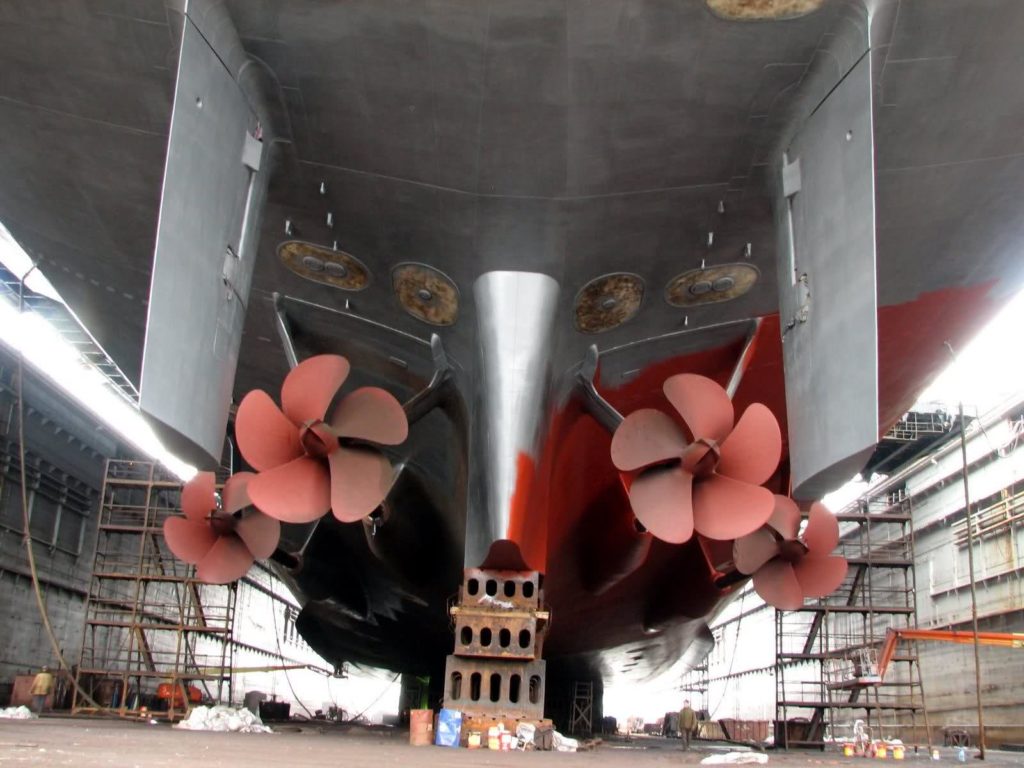
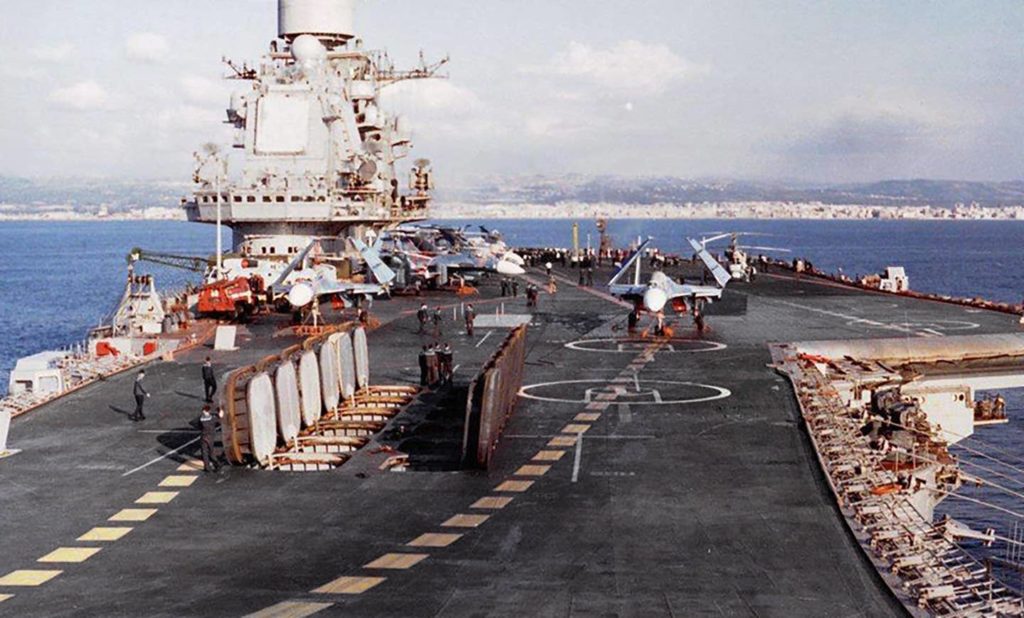
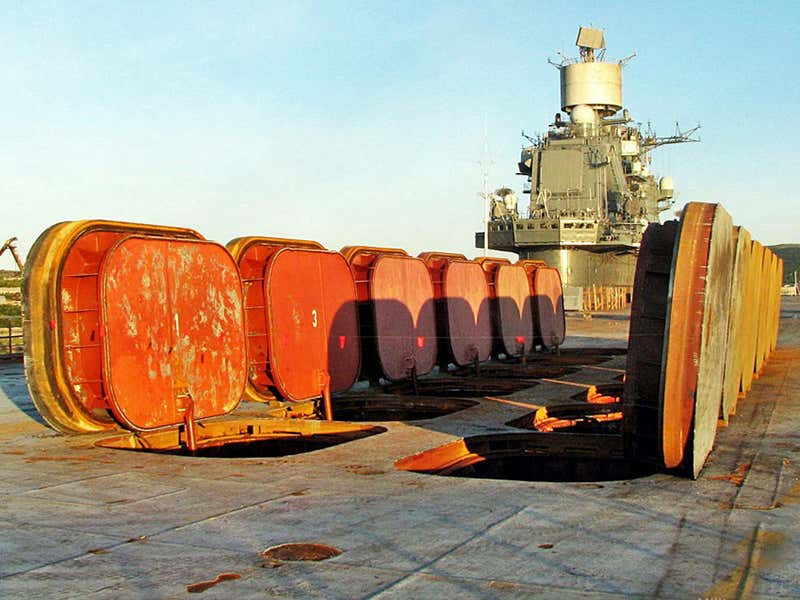
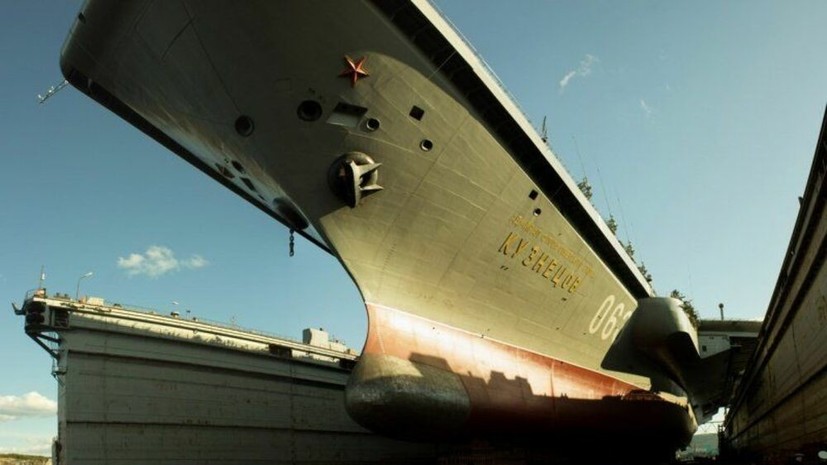
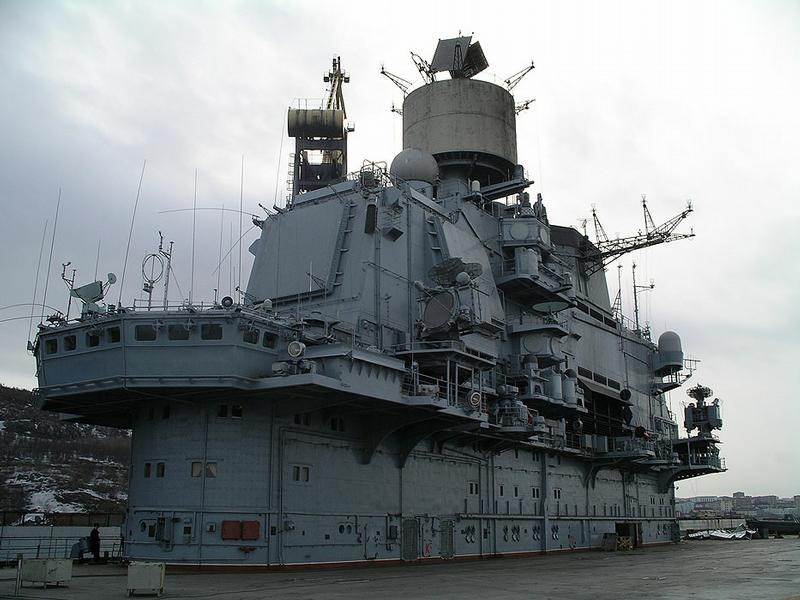
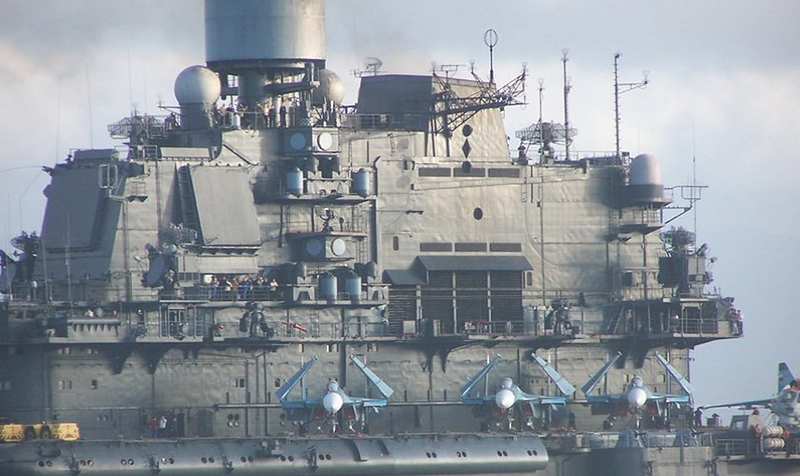
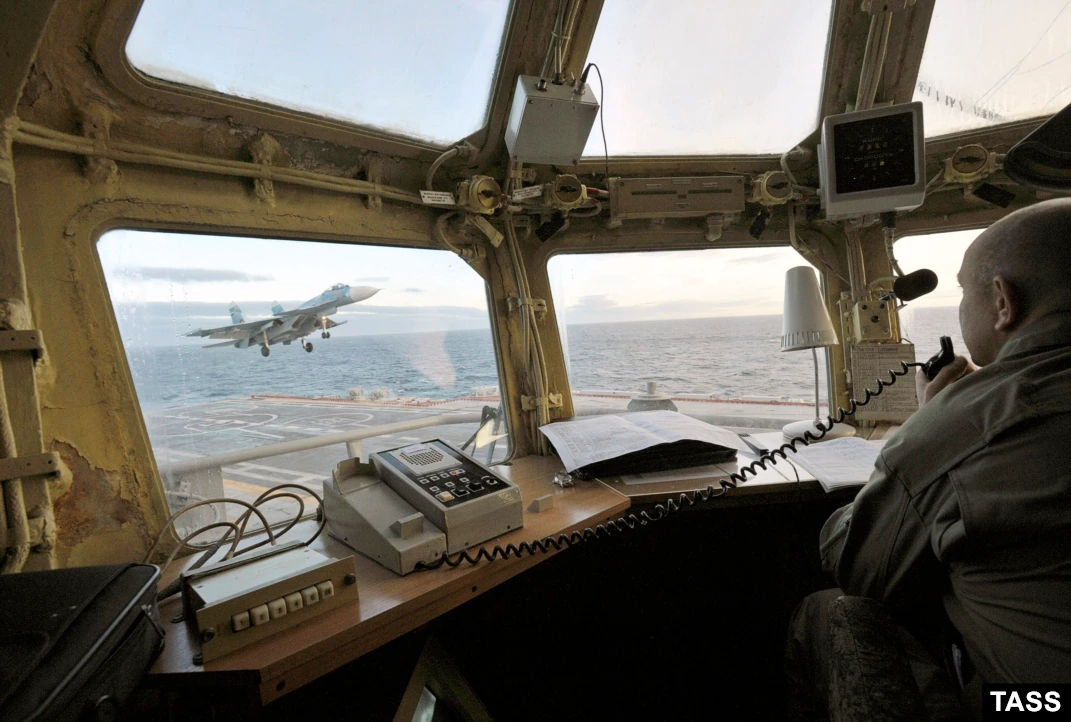
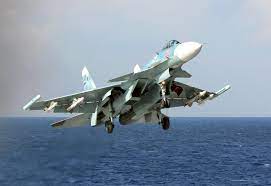
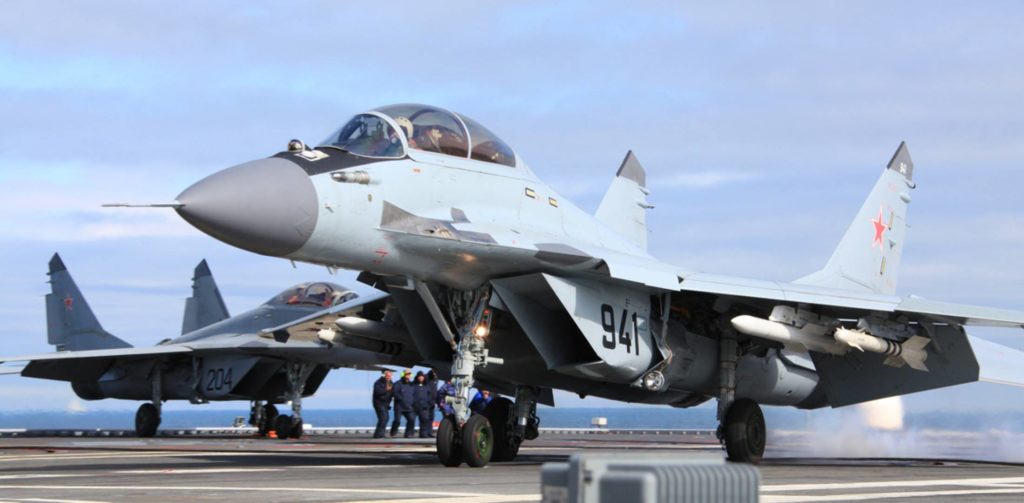

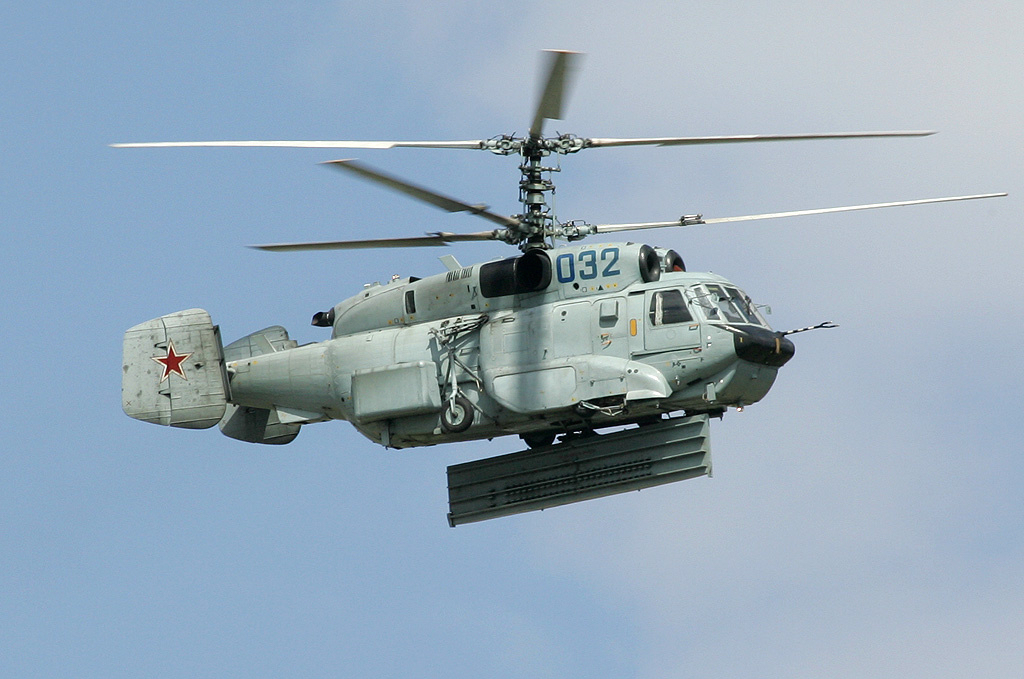
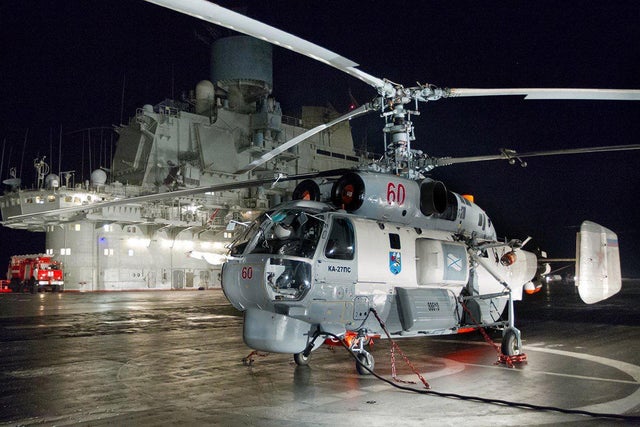

Recent Comments